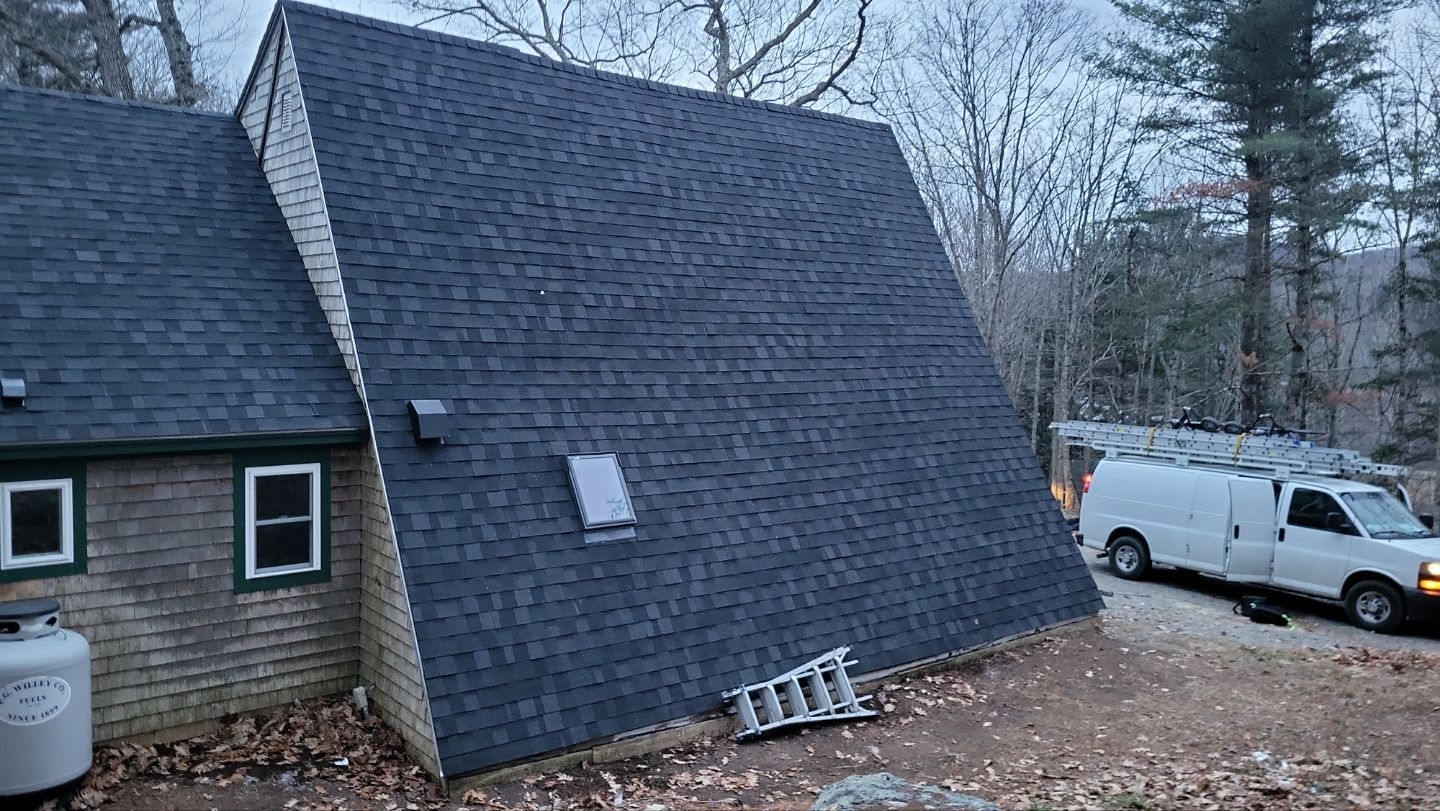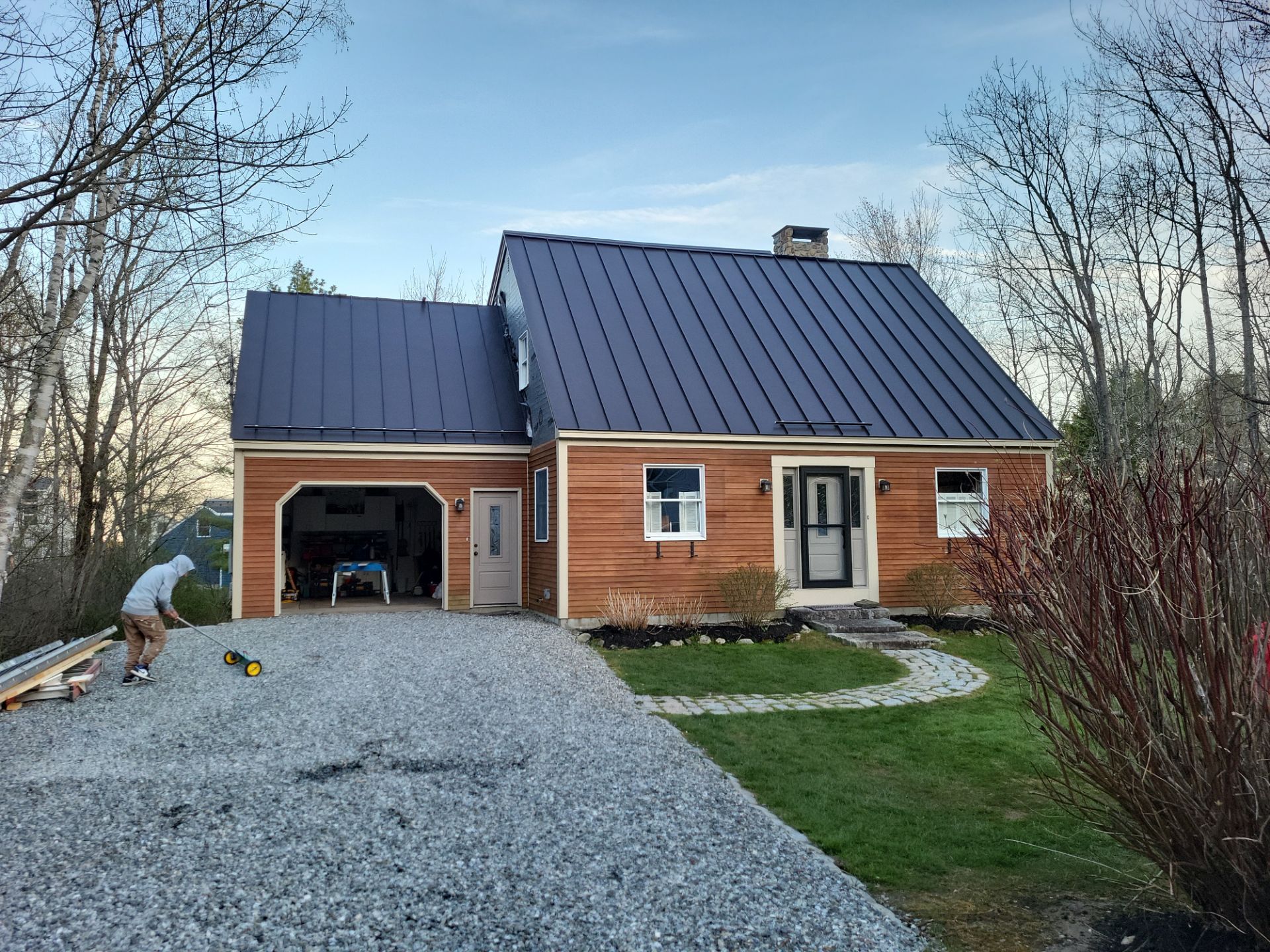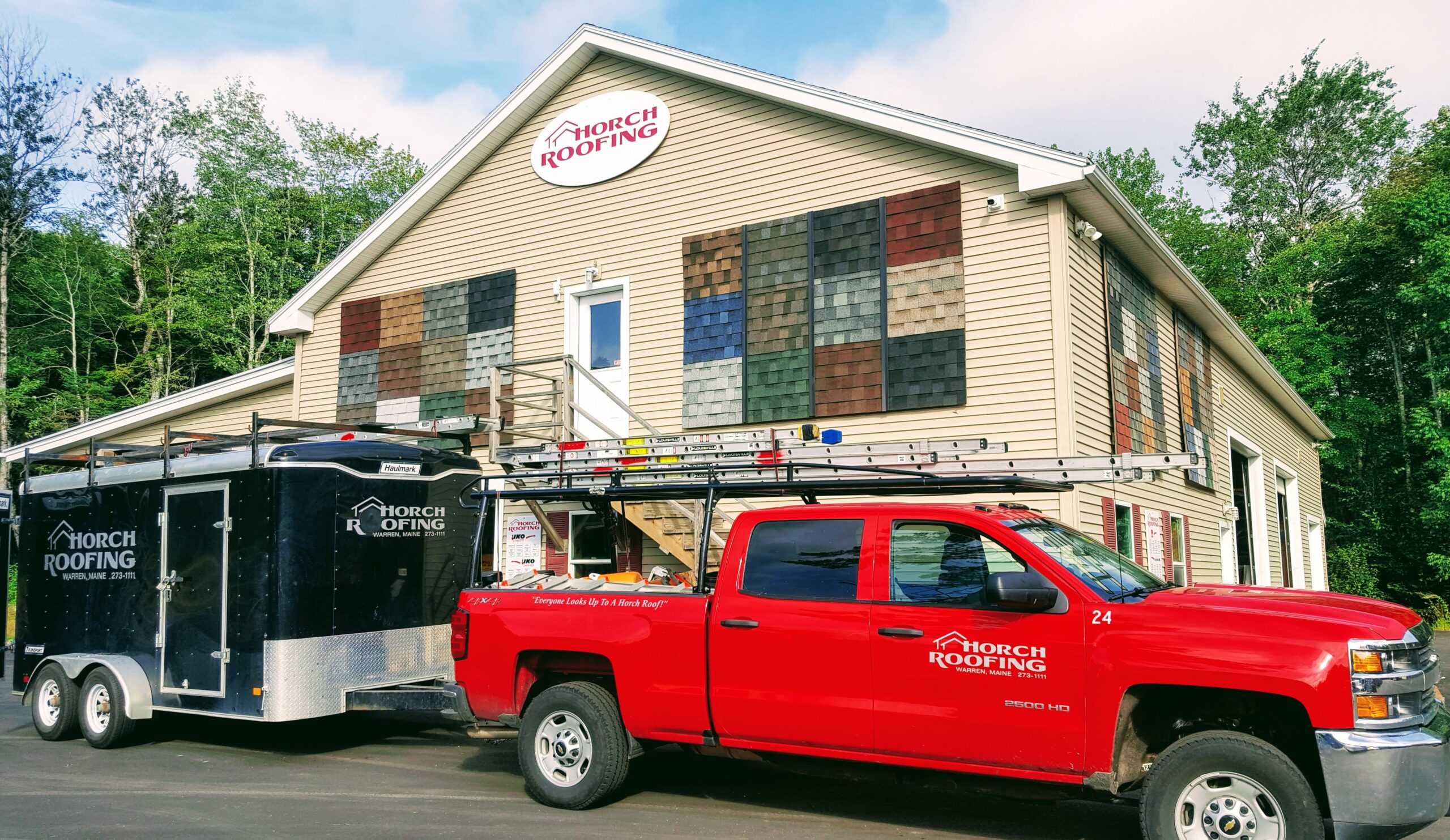- Roofing hides more science and history than most homeowners realize.
- Asphalt shingles still top U.S. homes for cost and versatility.
- EPDM and reflective metal options tackle extreme cold and heat.
- Local snow loads drive strict codes and spark inventions like snow guards.
- Smart material choices today can even feed tomorrow’s recycled highways.
Week after week, conversations in our area focus on renovations, utility bills, and harsh local weather. One thing that connects all three topics is roofing, and Camden homeowners know it’s far from an afterthought. High-performance systems involve clever science, surprising history, and some uniquely local rules, and a closer look reveals just how much engineering stands between your living room and the region’s wild mood swings. Interested in the details? Keep reading to learn some interesting facts about roofing you probably didn’t know.
What is a fun fact about roofs?
Although most general trivia lists focus on iconic landmarks like Camden Harbor, a popular filming location, that doesn’t mean we can’t share some interesting nuggets of information from our own experience. After all, these insights could be valuable to anyone choosing a new roof in the area, and they certainly highlight why what’s overhead deserves a lot more attention. Let’s dive into some fun facts about roofing materials, options, history, and more.
1. Asphalt shingles cover roughly 75% of American homes
The first asphalt shingle production line began operation more than a century ago, and the design has only gained ground since. Today, three out of four houses nationwide rely on this material. According to recent roofing industry trends, that share remains steady despite growing interest in standing-seam metal and other options. It’s no wonder, since this material sheds moderate snow loads without fuss, installs quickly during narrow weather windows, and comes in an incredible array of designs, colors, and finishes, all at a more affordable price point.
2. EPDM chemistry traces back to the 1960s car tires
If we look at EPDM roofing history, the timeline begins in the 1960s, when ethylene propylene diene monomer rubber was first launched, and soon debuted as a tire compound that resisted ozone cracks and extreme heat. Engineers soon realized the same polymer, manufactured in large factory sheets, could waterproof flat surfaces more effectively than shingles. The first commercial membranes followed shortly after. Even NASA adopted EPDM for low-slope enclosures because it stays flexible in extreme cold and resists jet fuel fumes. Over time, the material found its place in residential applications for low-sloped structures as well.
3. Standing-seam panels can bounce back 70% of summer heat
It may be one of the best seasons for any roof work, but summer still poses its own roofing challenges. One of the most common concerns is summer heat, especially with metal systems. However, standing-seam options typically feature reflective finishes that can deflect up to 70% of incoming solar energy, which results in much less heat entering the home. For homeowners, this means less strain on air-conditioning systems, a welcome dip in second-story humidity, and improved overall comfort.
4. Snow guards began generations ago
Snow avalanches in our region are nothing new, they’ve been pulling gutters from the eaves of traditional roofs for centuries. While rudimentary “snow brakes” made from stones or logs have existed for generations, specialized devices only began appearing in the late nineteenth century. Those early innovations paved the way for today’s purpose-built snow guards for metal roofs, which are now designed to hold drifts in place until they can melt gradually or to break them up into smaller, less dangerous sections.
5. A light-colored roof surface can run 30°F cooler
It may seem like it’s just about personal taste and curb appeal, but choosing the right color is one of the most important design decisions when selecting a new roof. The hue you choose can affect energy bills and overall comfort long after the color swatches are packed away. Thermal-imaging cameras show that white, off-white, and other pale finishes can register up to thirty degrees Fahrenheit cooler than dark-colored ones under identical July sunshine. As a result, the deck stays cooler, which slows asphalt aging, reduces attic ventilation demands, and improves air-conditioning efficiency.
6. EPDM stays flexible in temperatures as low as –40°F
One of the traits that makes EPDM rubber such a good choice for covering low-slope buildings is its ability to resist polar blasts. Even when a cold snap pushes the thermometer to forty below, this material bends without cracking. That flexibility is especially important given the membrane’s thin profile, uniform coverage, and the fact that lumber, nails, and flashing expand and contract around it daily. EPDM resists the formation of gaps that could channel water where it shouldn’t go.
7. Some local building codes set design loads as high as 90psf
Drifting snow can become incredibly dangerous, with a single cubic foot of refrozen, compacted snow weighing as much as two concrete blocks. For this reason, some parts of the state enforce some of the toughest residential roofing codes in the nation. In portions of Knox County, homeowners must prove their structure can withstand ninety pounds of weight per square foot. Beyond choosing reliable materials, you achieve this with a sturdy deck with tighter truss spacing, larger fasteners, and precise seam layouts. If you’re considering a replacement, first confirm the new system meets or exceeds the local code.
8. Torn-off shingles often return as state highways
We’re known as dependable contractors with deep community roots, and we care about the environment and sustainability. Our crews seldom haul tear-off debris to a dump. Instead, it goes to the nearest asphalt shingle recycling facility, where grinders turn yesterday’s asphalt shingles into tomorrow’s road mixtures. This practice diverts millions of pounds of waste from landfills each year and can significantly reduce disposal fees for local projects.
Who delivers various solutions for high-quality roofing in Camden?
Horch Roofing has spent more than two decades turning technical know-how into everyday peace of mind for homeowners and commercial property owners in Camden, across Midcoast, and throughout Maine. Backed by years of research, training, and hands-on expertise, we deliver solutions tailored to Maine’s demanding climate.
Whether you prefer timeless and budget-friendly asphalt shingles, long-lasting standing-seam metal, or flexible EPDM rubber, we’ve got you covered with all three options, plus top-quality seamless gutter installation and full-service repair and rapid dispatch crews.
Curious how all those fun facts translate into real-world performance? Reach out now for a free estimate and see what proven craftsmanship can do for you!



